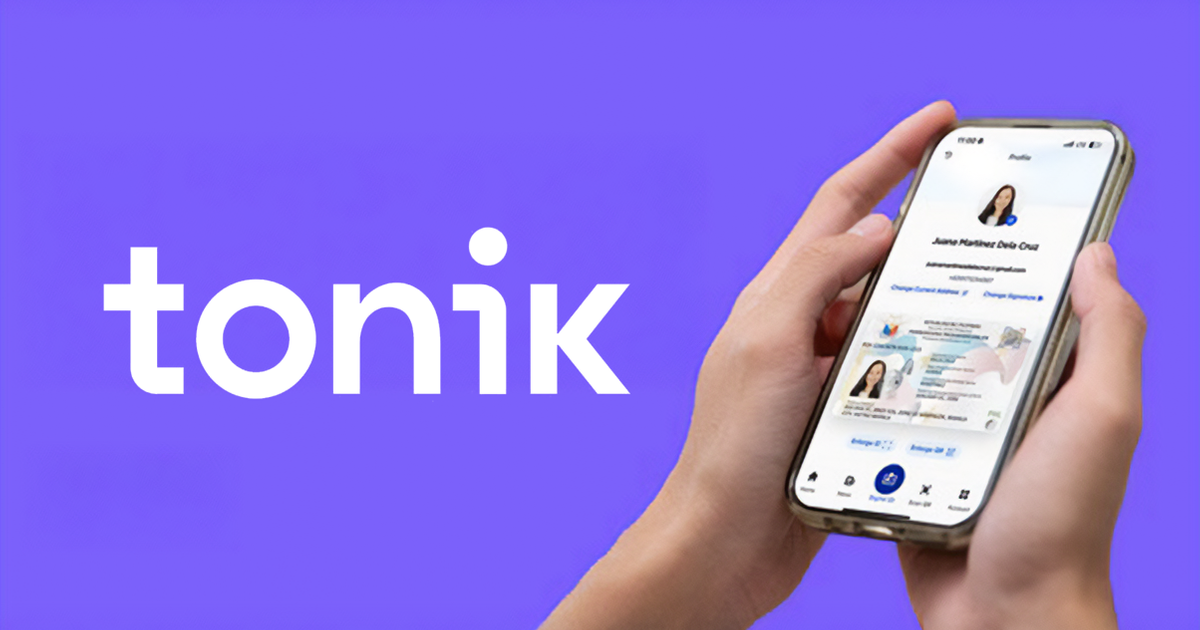A Roth IRA might not be the flashiest way to spend your summer job money, but saving even a small portion of your paycheck could net you huge returns in the future.
The teen employment rate is expected to be 33.6% for summer 2023, based on Rice University’s recent jobs report. Even more promising — the median wage for workers in the 16-24 age group was up 11.9% year over year in May, according to the Federal Reserve Bank of Atlanta.
As you make plans for that summer job money, here’s why you might consider adding a Roth IRA to the list.
Why open a Roth IRA?
Having a full-time job isn’t required in order to save for retirement. As long as you’re earning money, you can open a Roth IRA at any age.
And, particularly as a first-gen investor, it’s a great chance to start making your money work for you.
“The younger you are, the more time you have to save,” says Luis Rosa, a certified financial planner and founder of Build a Better Financial Future, a financial planning and investment advisory firm. “If you have the opportunity to start saving now, especially in a Roth IRA, and take advantage of not having to pay taxes on it at a future date, then it’s just a great combination.”
That benefit of a Roth IRA can also be its drawback: Because money is contributed after-tax, you don’t get any tax deductions now by saving for retirement. Instead, you get to take the money — and any gains — out tax-free after age 59½ as long as you’ve held the account for five years.
But those tax-free withdrawals are why Yanely Espinal, author of “Mind Your Money” and educational director at the nonprofit Next Gen Personal Finance, is a huge fan of the Roth IRA.
“I call it the G.O.A.T. (greatest of all time) when it comes to investment accounts,” Espinal says, referring to the Roth IRA. “And specifically for first-gen investors, you’re the first generation in your family to get access to the opportunity to build wealth.”
But what about 529 Plans?
If you’re working to save for college tuition and expenses, you might be considering a 529 savings plan instead of a retirement account. When it comes to a 529 plan versus a Roth IRA, which one wins out?
It depends on your situation and needs, and whether you’re planning to apply for financial aid. Money in a 529 savings plan, owned by either you or a parent, is counted as assets when applying for financial aid, but money in a retirement account isn’t.
“When you are a low-income or first-generation student, taking a … hit on your financial aid eligibility is a big deal,” Espinal says. “That could be your textbooks for your first semester or a laptop you need all four years.”
And although a Roth IRA is intended for retirement, it’s possible to access your money before age 59½ without paying a 10% penalty.
College costs fall under the category of “qualified distributions,” but there are catches to be aware of. You’ll owe taxes on any investment earnings withdrawn, and the withdrawals will count as income, which could reduce your financial aid eligibility in following years.
What to look out for in a Roth IRA
If you decide to open a Roth IRA, there are some things to consider, say Rosa and Espinal.
“The No. 1 thing you need to understand,” says Espinal, “is how much is it going to cost me to open an investment account? If it’s not free to open, automatic no.”
From there, both recommend a few more factors to think about:
-
Is there a minimum balance required to keep the account open?
-
Do the investments you want to buy have minimums, and how high are they?
-
Are there fees to keep the account active?
-
What are the fees, if any, for buying and selling investments?
Espinal also advises paying specific attention to the expense ratio, a term for the fees paid to cover a fund’s expenses, such as management and marketing.
“The expense ratio is an annual cost expressed as a percentage,” she says.
“You want it to be as close to zero as possible. Compare the costs and fees on a per-year basis across different platforms or firms, and go with the one that is going to allow you to keep the most of your money.”
Rosa also cautions young investors about transaction fees.
“If there are fees for trading,” he says, “you might actually churn your account, or trade to the point where the fees are more than any investment return you earned.”
How to invest your Roth IRA
After picking where to open your Roth IRA, the next step is deciding how to invest your money. Rosa is a fan of automating the process where possible.
Set it and forget it
“If you wait until the money hits your bank account to then decide to invest it, there is a chance that something’s going to come up,” Rosa says. “So if you can automate it to, say, on the 15th and 30th of every month, just make it as if it were a bill. A lot of us are already used to paying for video games and other subscriptions, and do the same for yourself and just automate your investment.”
Consider index funds
When it comes to picking what to invest in, Espinal prefers exchange-traded funds, also known as ETFs, and index funds, over individual stocks.
“This gives you automatic diversification,” she says.
Index funds and ETFs are baskets of assets, such as stocks or bonds, that seek to match the performance of a stock market index, such as the Dow Jones Industrial Average.
Rosa says he also recommends funds.
“Find a low-cost index fund that you don’t have to manage yourself and you don’t have to decide what stock to buy and sell,” he says.
Look into fractional shares
If you are interested in individual stocks, Rosa suggests exploring whether a brokerage offers fractional shares.
“You might be able to buy big company stocks without having to buy a whole share of them,” he says.
Digging further into what a brokerage offers is a good way to decide which one will offer you the most return for your money, and what’s feasible based on your circumstances.
The bottom line
For any new investor, and particularly when you’re first-generation, investing can seem complicated, especially if you don’t have anyone around you for guidance. But you can start small with a Roth IRA.
“You’re going to talk to an adult about money,” says Espinal. “That’s something most teenagers don’t do. And you’re learning to invest, even if it’s just starting with the basics, like buying an index fund for $200 inside your Roth IRA. It’s great for exposure.”
And even though retirement can seem like ages away, being strategic with your money now can pay off in the future. For young adults still on the fence about saving for retirement, Rosa’s opinion is: “If they can take some of that summer job money and put it in there, it’s best because they don’t feel the impact of it anytime soon,” he says. “But ultimately, their older self is going to thank them for having put their money in the world and be happy for that tax-free income.”




































